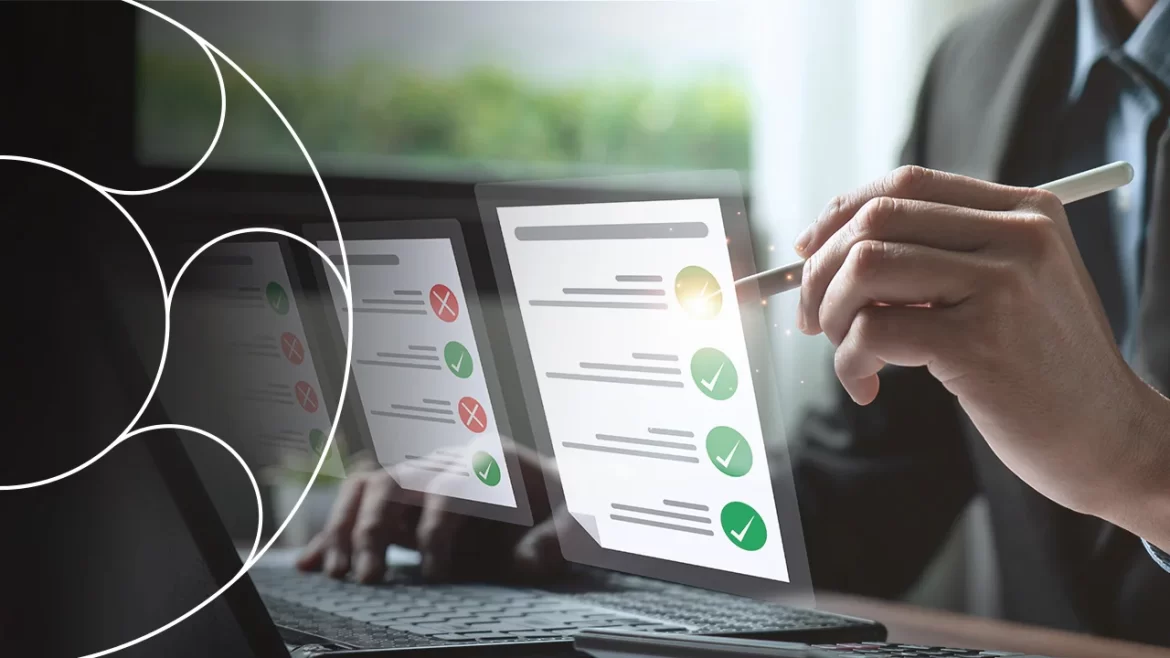The face of audit is changing fast, and watchful auditors are scanning the horizon for technology that might transform the audit. Whether it’s data analytics or blockchain, there are exciting new possibilities to perform faster, more insightful audits.
Analysis of data enables the auditor to detect developing trends and outliers that point to material misstatements and fraud. The use of data visualisation can aid an auditor in communicating with clients because it ensures that the message is framed in a way that the client can understand, without any misunderstandings.
Artificial Intelligence (AI) and Automation
Artificial Intelligence (AI) and automation can significantly enhance the efficiency, accuracy and insights of accounting firms. AI can speed up multiple accounting tasks such as data entry and analysis; aid in assessing risk; detect fraud quicker; and give power to the auditors.
AI performs trawls of company data at a pace far greater than human labour, allowing resources to focus on forms of strategic analysis and client feedback that can add value. AI also accelerates productivity and helps to control audit cost and overruns.
Nonetheless, AI technologies raise a number of issues that may slow down the progress of accounting: transparency and explainability, quality of data, cybersecurity, staff training and development, etc.
Big Data
Big data, on the other hand, is the use of various analytical processes to analyse very large, often complex and diverse data sets with the goal of finding patterns within them or by increasing efficiency, reducing the amount of time needed to audit a process or providing insight that might not have been available otherwise.
What’s more, however, is that big data will be only as good as the extent to which it supports the auditor’s workflow. A set of formal data standards and a data verification process will all but guarantee that any machine learning solution is based on accurate information.
Moreover, aggregation of data must be done collectively, and within well-coordinated teams of both auditors and data analytics experts, working closely together. They must move away from the knowledge-transfer models of the past to co-production models of the future, which will lead to intense collaboration among ETL tools, data specialists, auditors and audit-reporting auditors producing information worth reporting at scale, and effectively so, in a big-data auditing environment.
Cloud
Because cloud computing is inherently cost-saving (it can save time and money), it enables internal auditing to be more cost-effective yet still provide an organisation with access to the work from anywhere/any time. However, cloud environments also introduce more risk that auditors and their clients should consider.
Life in the cloud forces auditors to change their mindset. For instance, auditors haven’t had to think about a client environment or risk when performing reviews of internal controls over financial reporting, cybersecurity, Service Organization Control (SOC) reports or other assurance engagements in the past.
Cloud environments operate under a shared responsibility model whereby, although CSPs are responsible for monitoring threats to the underlying infrastructure, end users bear responsibility for their data in the cloud environment. This leads to some difficulties in being able to demonstrate compliance with client policies with such cloud-based solutions.
Internal audit teams will have to recognise that work in the cloud carries a set of unique risks, and design audit processes that take into account these specific domains. Encouraging teams to follow best practises will help them achieve this while reducing their vulnerabilities.
Blockchain
Blockchain is a digital, distributed ledger, technology that can be used to store transactions securely as well as develop new services, such as smart contracts that automatically execute their terms when certain conditions are fulfilled. Blockchain will change things in the future.
The first is to streamline activities that are susceptible to automation (ie, work effort goes to controls) and automate data collection of fulfilment of controls and authenticity tests of documents and transactions, and it liberates auditor time for the fortification of analysis for other areas of risk or controls.
Meanwhile, blockchain would for the first time enable some real-time corroboration of data points in the audit process: it has the potential to replace current procedures under which the auditor reviews information related to individual closed fiscal years with a series of continuous and online assessments, granting relevant and powerful audits at minimal cost.








